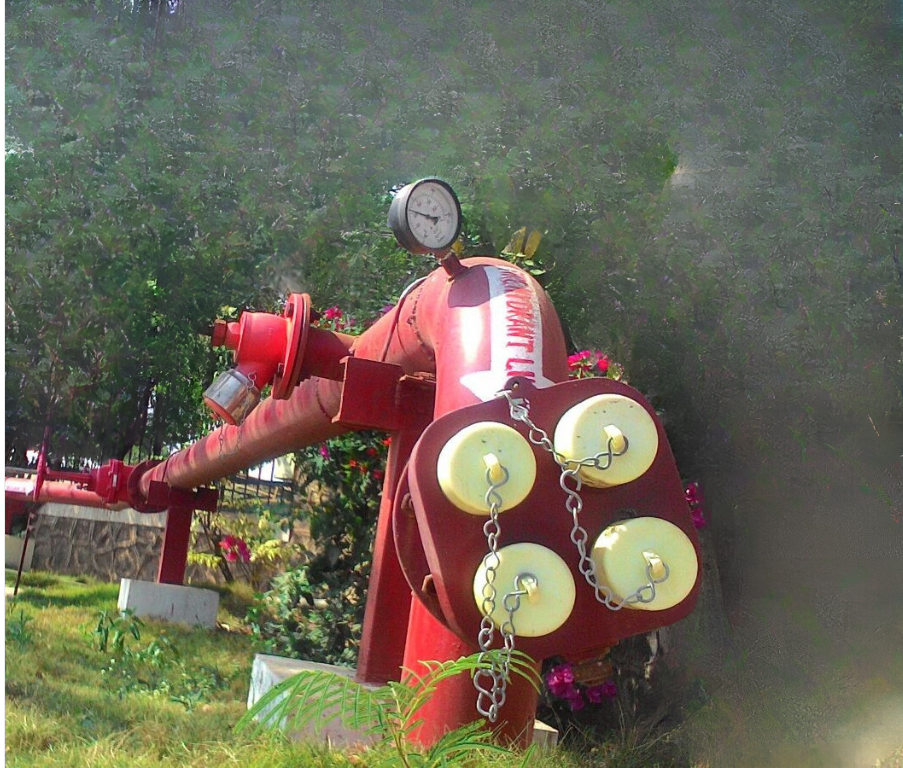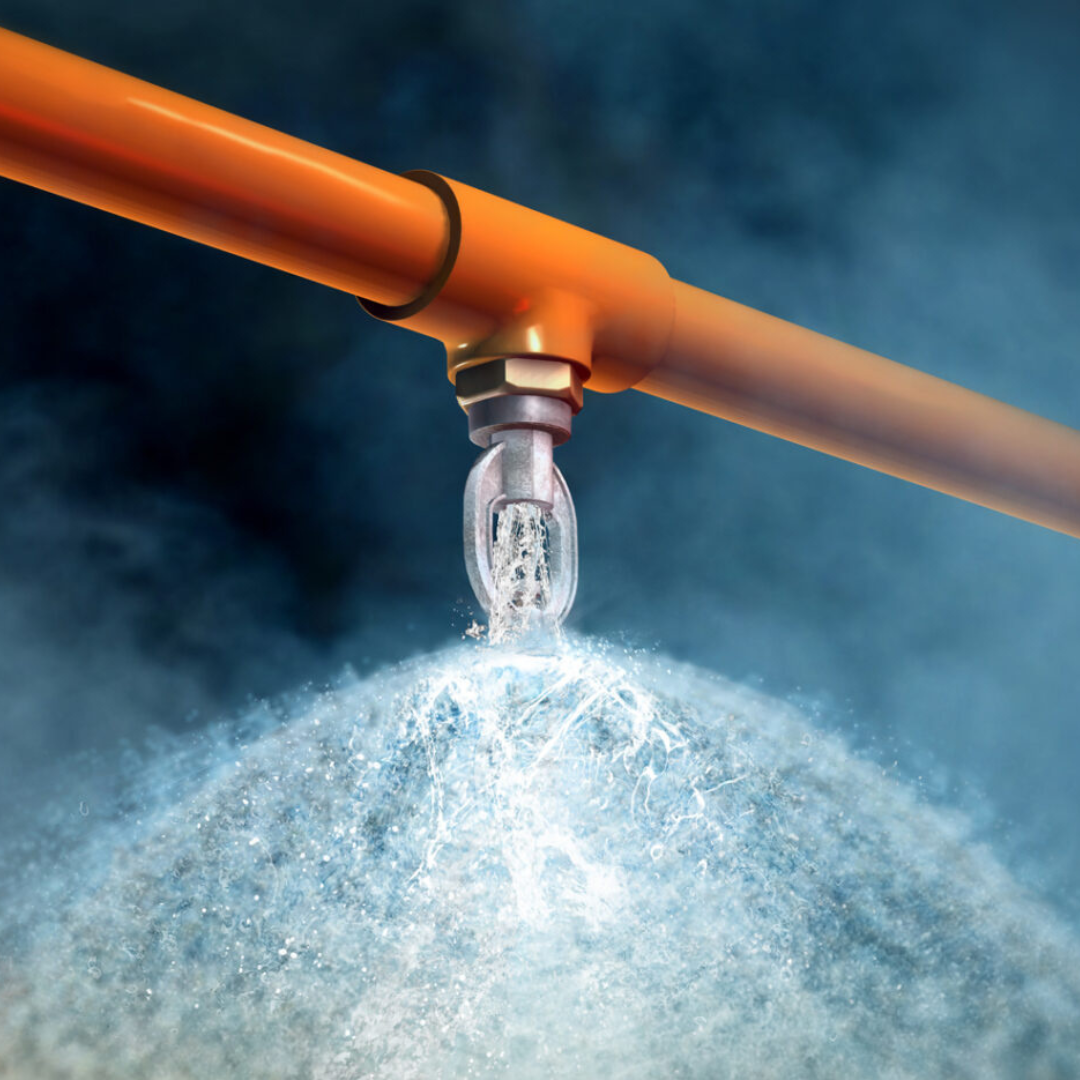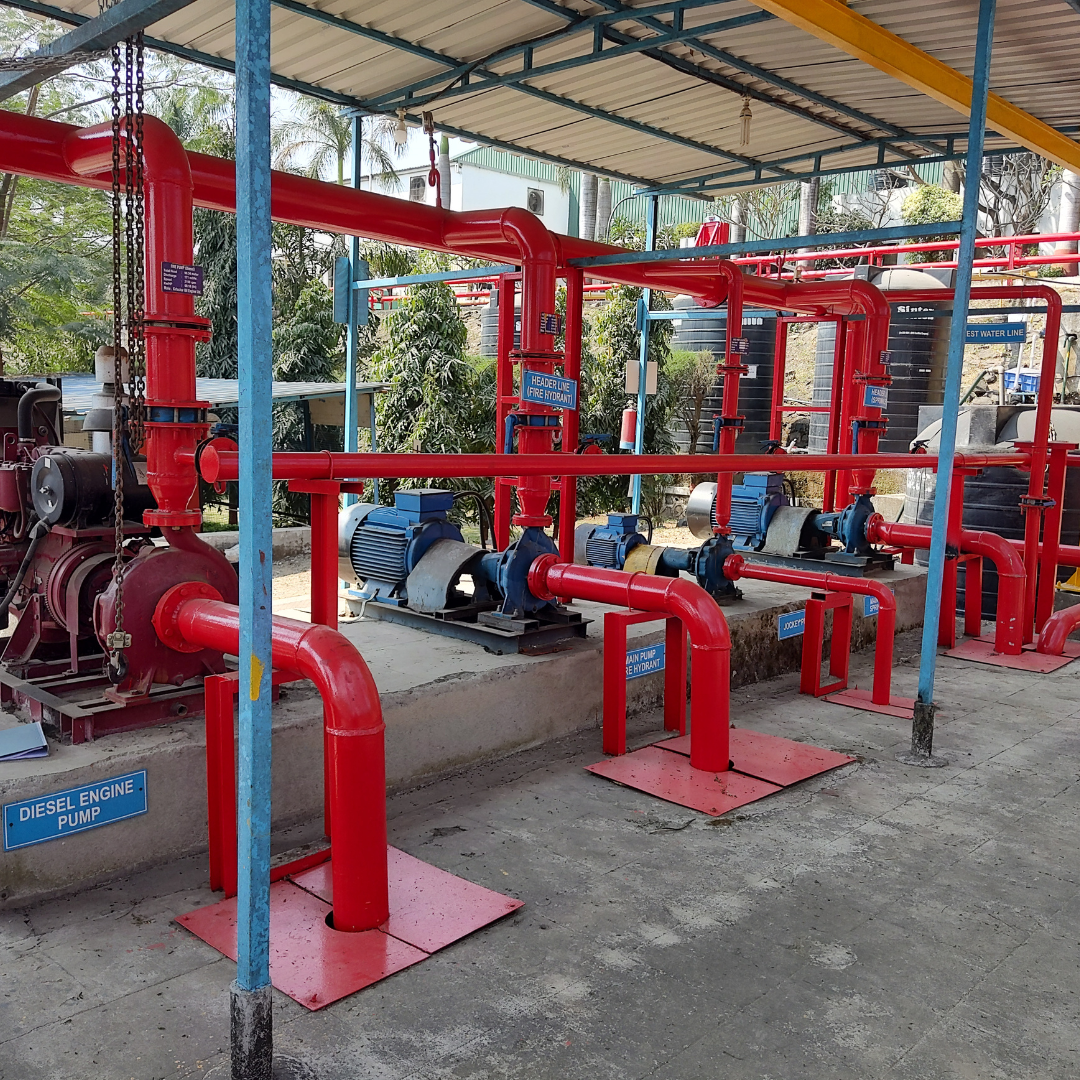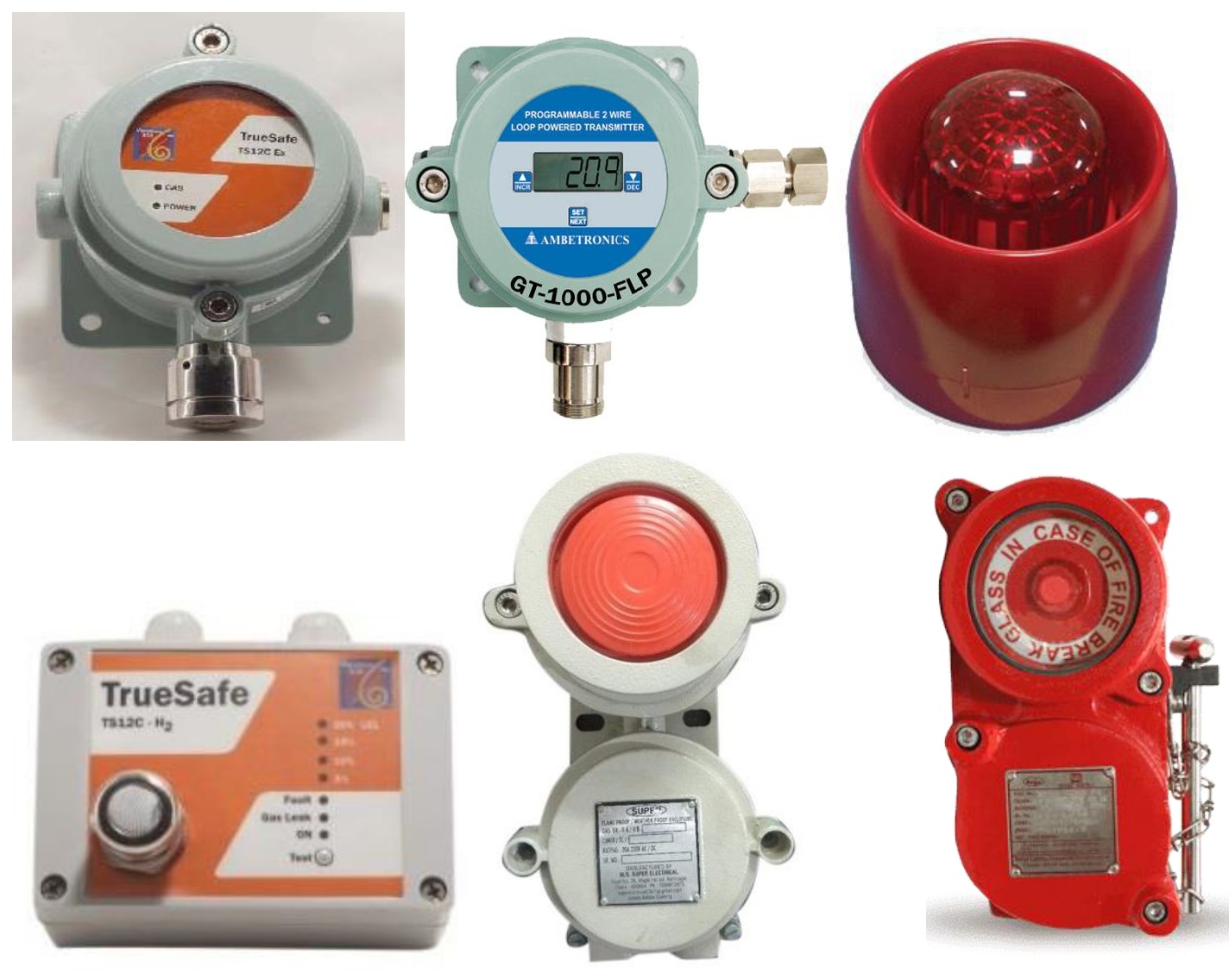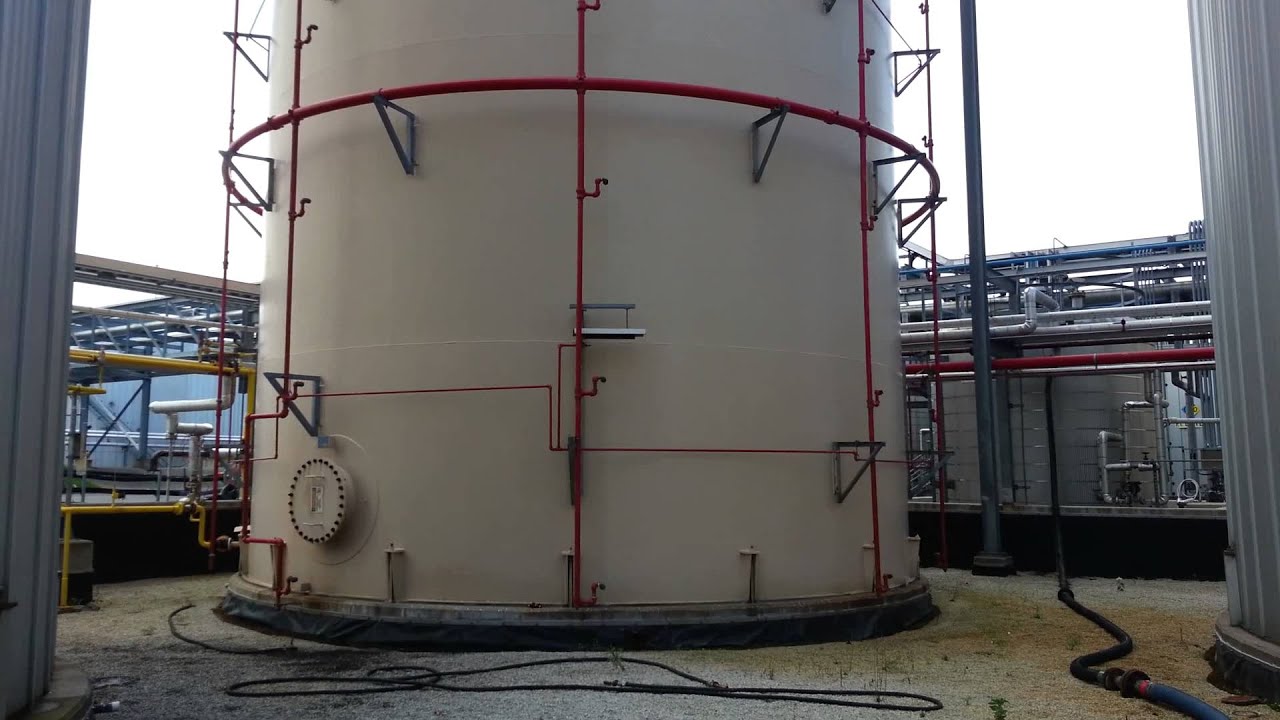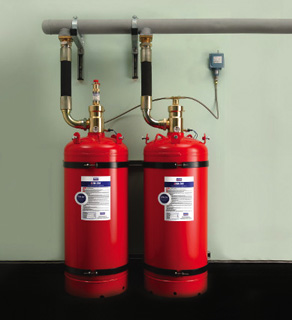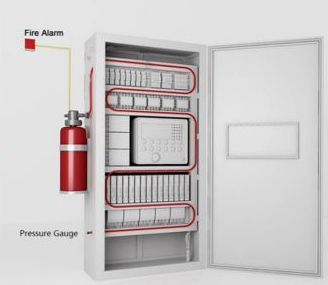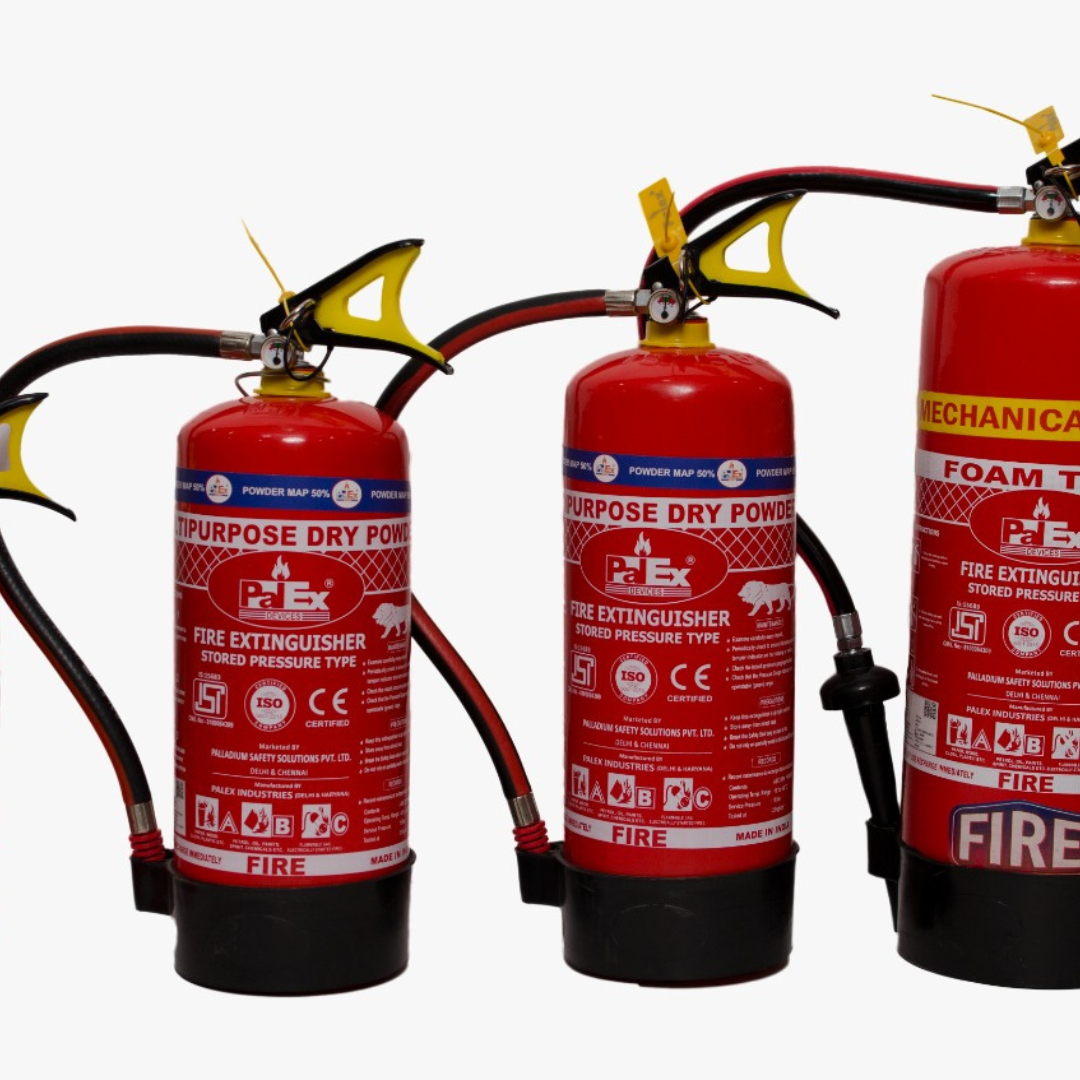WELCOME T0 DHRUV FIRE SOLUTIONS,PUNE
We are a leading supplier of all-inclusive fire prevention systems in the area Dhruv Fire Solution in Warje, Pune. Dhruv Fire Solution provides organizations and individuals with various fire safety services and products thanks to its strong commitment to safety and experience in fire prevention. The installation, maintenance, and inspection of fire detection and suppression systems, such as fire alarms, sprinkler systems, fire extinguishers, and emergency lighting, is their area of expertise. They also offer training programs and consulting services to ensure that clients have the information and tools necessary to handle fire crises efficiently. Dhruv Fire Solution is a dependable partner for fire protection requirements in Warje and Entire Pune City.
Dhruv Fire Solution has earned a reputation as a reliable partner for fire protection needs in Warje, Pune, and the surrounding areas because of their commitment to quality, dependability, and client satisfaction.
FIRE HYDRANT SYSTEM
Fire Hydrant System is a crucial Fire Protection Infrastructure for buildings and Public areas.
FIRE SPRINKLER SYSTEM
An active fire-proofing method that is frequently installed in buildings is a fire sprinkler system.
FIRE PUMP ROOMS
Fire pumps, essential elements of fire prevention systems, are housed in fire pump rooms.
FIRE ALARM SYSTEM
Buildings are required to have a fire alarm system installed to detect & warn inhabitants.
GAS DETECTION SYSTEM
An essential safety instrument for identify presence of dangerous gases.
DELUGE VALVE SYSTEM
In case of fire, a deluge valve system is a fire protection system immediately releases water.
FIRE SUPPRESSION SYSTEM
An essential safety measure to put out or manage flames in structures.
SERVER ROOM PROTECTION
A security tool used to secure server rooms & data center IT infrastructure.
FIRE EXTINGUISHERS
Extinguishers are crucial firefighting tools used to put out & contain fires.
FIRE HYDRANT SYSTEM
The fire hydrant system is a key component of the fire protection infrastructure in buildings and public spaces. It includes a water source, fire hydrants, and underground pipelines. Cast iron fire hydrants frequently contain valves and outlets for hose connections. In times of need, these systems give firefighters immediate access to water, assuring efficient fire suppression and protecting people and property. Routine maintenance and respect to rules are crucial to guarantee their good operation.
FIRE SPRINKLER SYSTEM
An active fire protection method that is frequently installed in buildings is a fire sprinkler system. It is made up of a network of water supply-connected sprinkler heads. Individual sprinkler heads are activated when a fire is found, releasing water to put it out or control it. These systems are made to respond to fires rapidly, stop them from spreading, and safeguard people and property. They are dependable, automated, and well known for their efficiency in putting out fires. Their proper operation is guaranteed by routine maintenance and regular operating procedures.
FIRE PUMP ROOM
Fire pumps are essential parts of fire prevention systems, and fire pumps are kept in special chambers within buildings. During a fire emergency, these rooms act as a central point for preserving water supply and pressure. They include fire pumps, controllers, valves, and other tools required to guarantee a sufficient water flow for combating fires. Fire pump rooms are essential for providing a dependable and effective water source to efficiently put out flames since they are made to be easily accessible for maintenance.
FIRE ALARM SYSTEM
Buildings are required to have a fire alarm system installed to detect and warn inhabitants of the presence of a fire. It is made up of several parts, including heat detectors, manual pull stations, smoke detectors, and alarm notification systems. The appliance sets off an audible and/ror visual alarm when smoke or heat is detected to alert people and start the evacuation process.
GAS DETECTION SYSTEM
An essential safety safeguard for identifying the presence of dangerous gases in different settings is a gas detection system. Gas sensors, control panels and alarm systems make up this system. The sensors are carefully positioned to keep an eye out for particular gases in the air, such carbon monoxide, methane, or hydrogen sulphide.
DELUGE VALVE SYSTEM
A fire protection machine called a deluge valve system is utilized in high-risk regions. It is made up of sprinkler heads, pipework, and a deluge valve. The deluge valve releases when a fire is detected, simultaneously pouring water or other extinguishing chemicals through all of the open sprinkler heads. This system efficiently spreads a high flow rate of water over a vast area, which helps to quickly contain and put out flames.
FIRE SUPPRESSION SYSTEM
A crucial safety measure to put out or manage flames in structures and other spaces is a fire suppression system. Fire sprinklers, fire extinguishers, fire suppression agents (such water, foam, or gas), detection systems, and control panels are some of the parts that make up this system. When a fire is detected, these systems are either automatically or manually engaged, releasing the proper suppression chemical to immediately put out or extinguish the flames.
SERVER ROOM PROTECTION SYSTEM
A security solution created to protect server rooms and data centers is called a server room protection system. It includes safeguards including access control, monitoring, environmental vigilance, suppression of fire, backup power, intrusion detection, and rack security. These steps help to secure equipment, monitor operations, identify environmental risks, put out fires, guarantee continuous power, prevent unauthorized access, and detect intrusions.
FIRE EXTINGUISHERS
Portable tools called fire extinguishers are used to put out and contain fires. They contain carbon dioxide (CO2), water, foam, dry powder, or other pressurized fire-extinguishing materials. According to the types of fires, they can efficiently put out, fire extinguishers are divided into different classes, such as Class A (common combustibles), Class B (flammable liquids), Class C (electrical fires), Class D (combustible metals), and Class K (kitchen fires).

